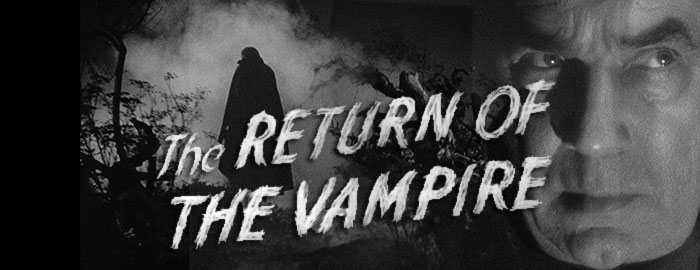
B&W, 1943, 69 mins. 16 secs.
Directed by Lew Landers
Starring Bela Lugosi, Frieda Inescourt, Nina Foch, Miles Mander, Roland Varno, Gilbert Emery
Scream Factory (Blu-ray) (US RA HD), Sony (DVD) (US R1 NTSC)

B&W, 1943, 69 mins. 16 secs.
Directed by Lew Landers
Starring Bela Lugosi, Frieda Inescourt, Nina Foch, Miles Mander, Roland Varno, Gilbert Emery
Scream Factory (Blu-ray) (US RA HD), Sony (DVD) (US R1 NTSC)
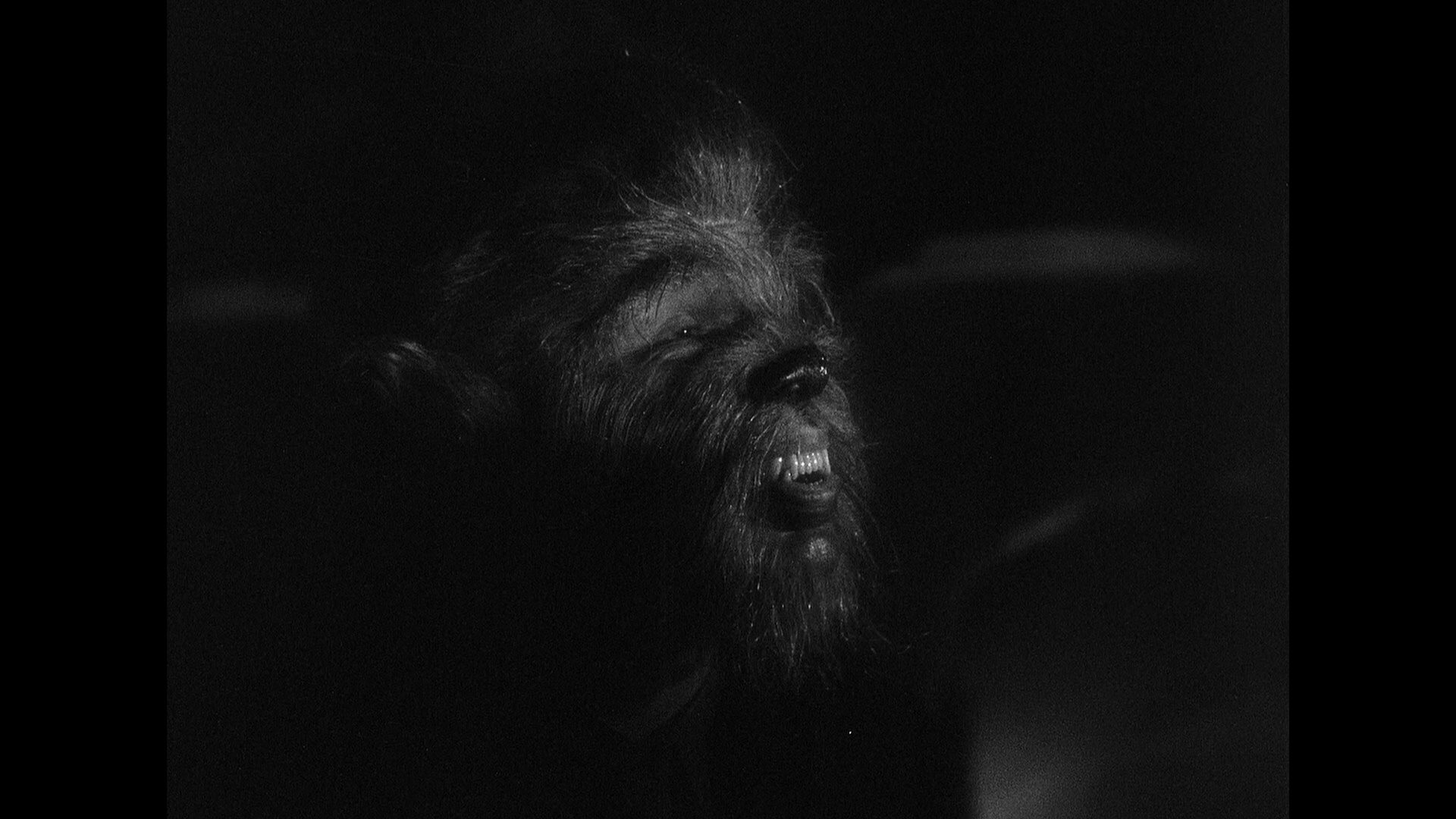 truly unique
truly unique 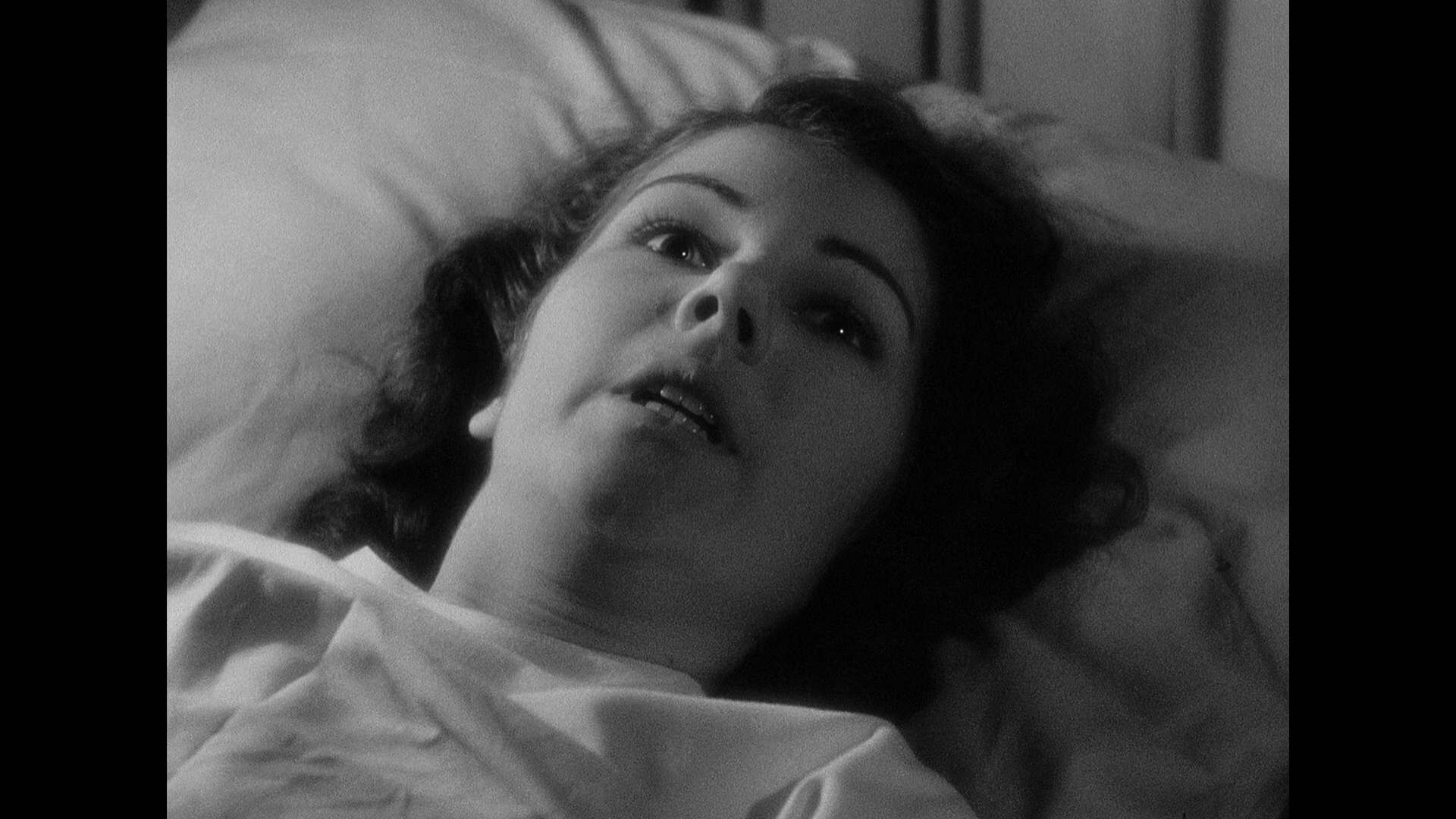 classic monster movie made during World War II that directly addresses current events, The Return of the Vampire superficially seems (on the basis of its title) to be an attempt to lure in viewers with the promise of Bela Lugosi reprising his most famous role, Dracula. The film was made by Columbia instead of Universal with Lugosi instead playing Armand Tesla, a bloodsucker first seen preying on young women in London during World War I.
classic monster movie made during World War II that directly addresses current events, The Return of the Vampire superficially seems (on the basis of its title) to be an attempt to lure in viewers with the promise of Bela Lugosi reprising his most famous role, Dracula. The film was made by Columbia instead of Universal with Lugosi instead playing Armand Tesla, a bloodsucker first seen preying on young women in London during World War I.  Nikki (Foch), while Scotland Yard inspector Sir Frederick Fleet (Mander) refuses to believe
Nikki (Foch), while Scotland Yard inspector Sir Frederick Fleet (Mander) refuses to believe 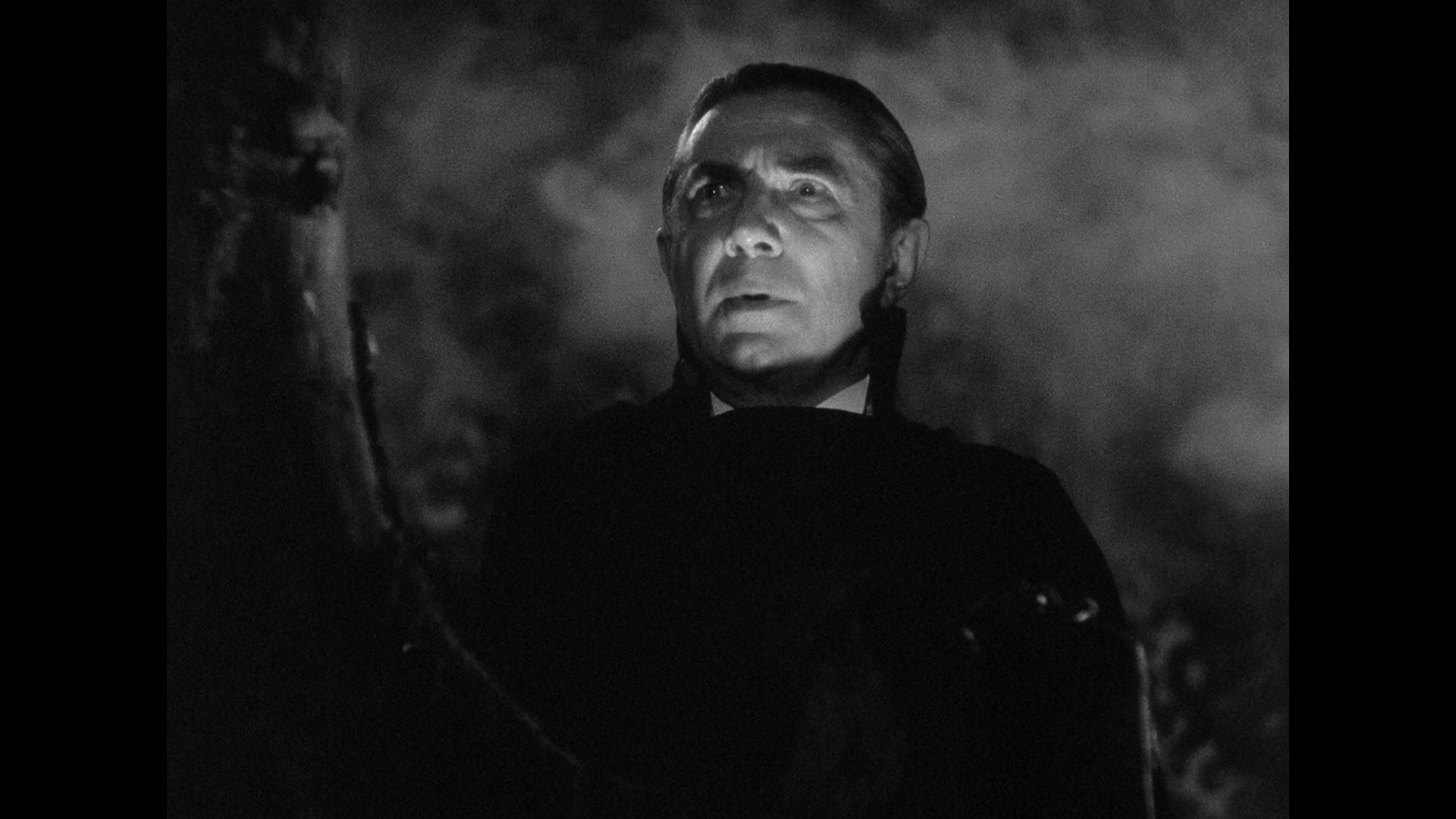 something supernatural is afoot.
something supernatural is afoot. 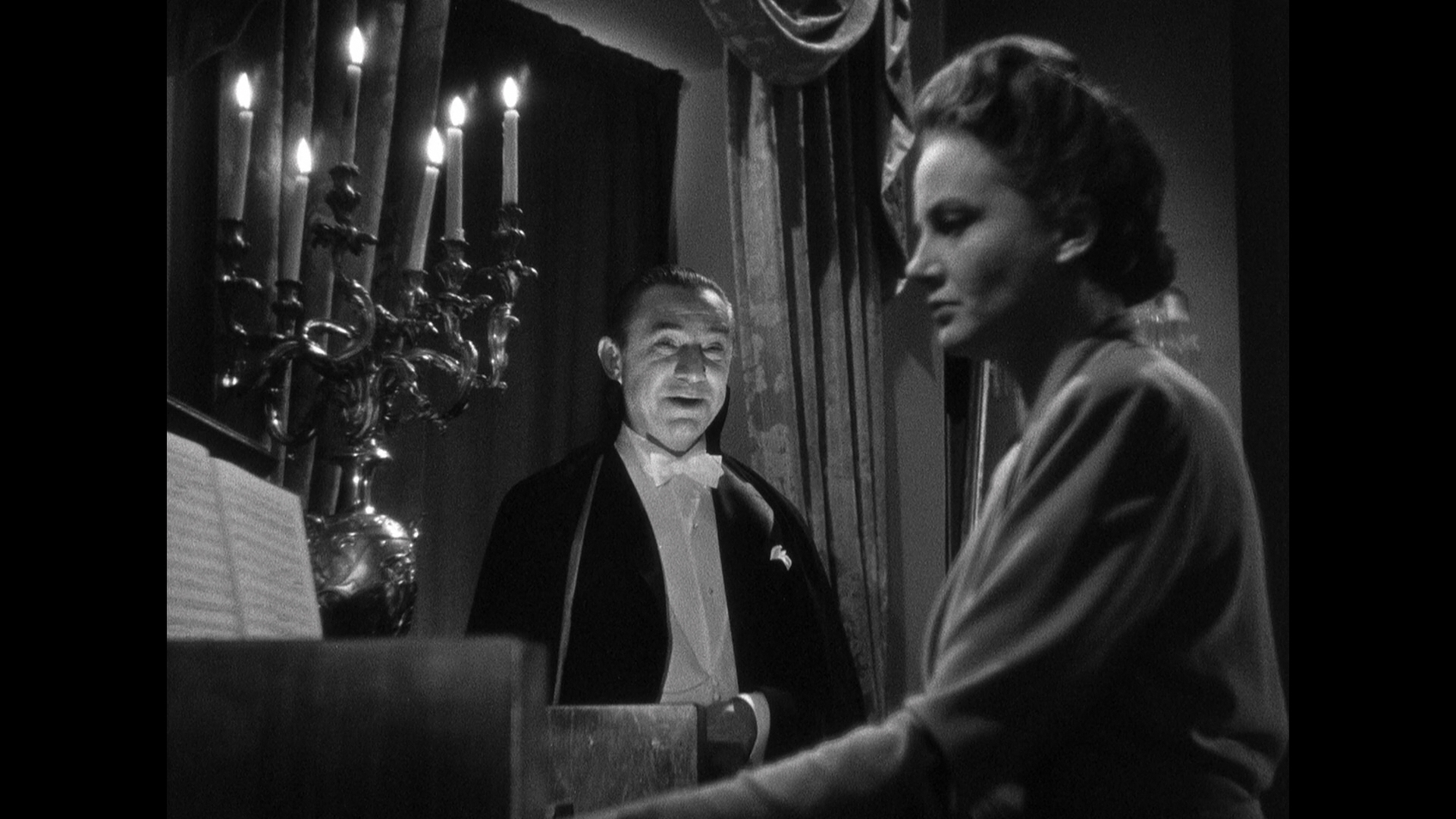 display along with fine, very natural film grain throughout.
display along with fine, very natural film grain throughout. 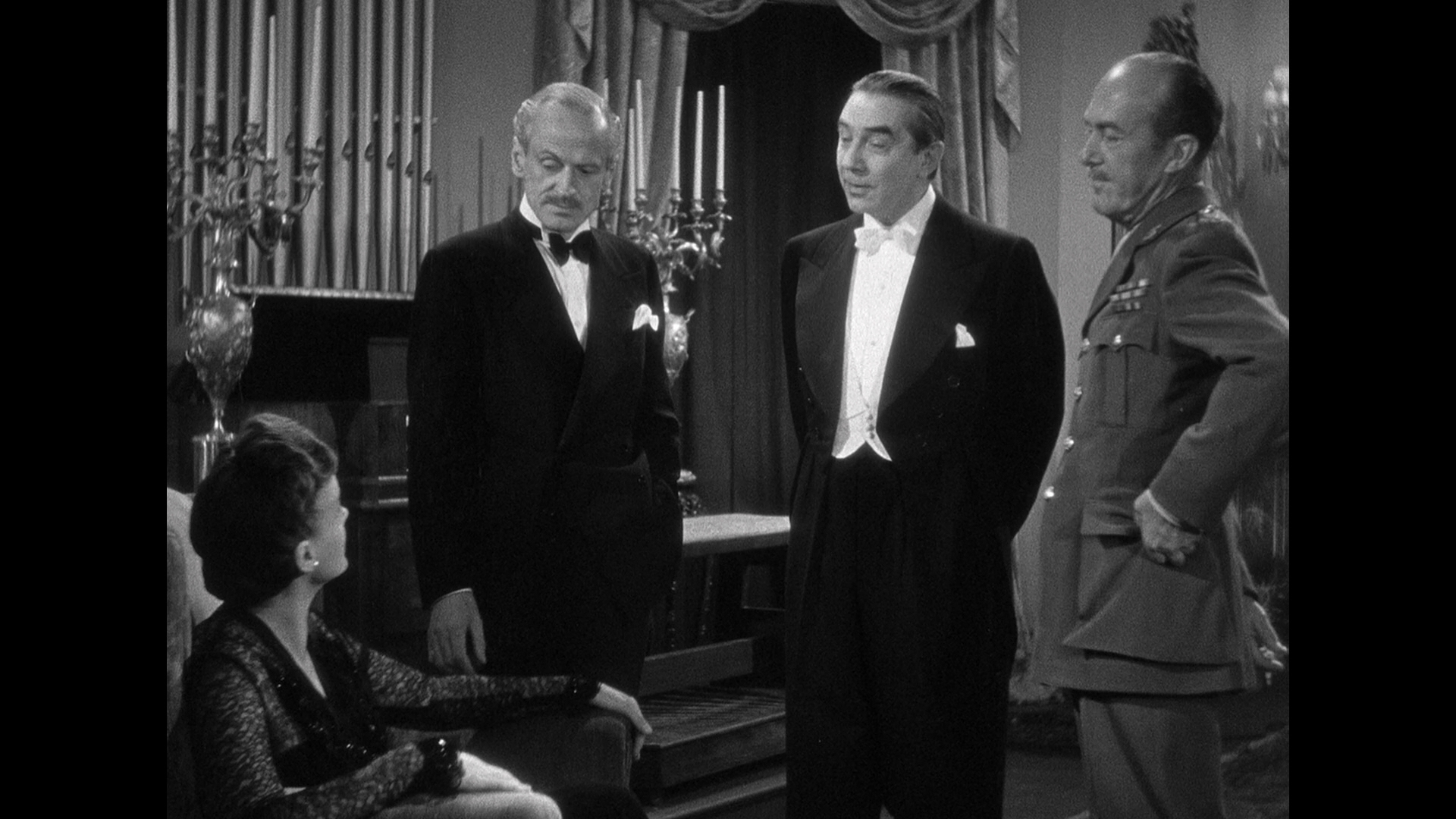 Some minor damage apparently baked into a few shots is still there, but it's easy to overlook given the sumptuous look we have here. The DTS-HD MA English mono audio (with optional English SDH subtitles) is also in prime condition. Incredibly, the film comes with three new audio commentaries, all of which take different and sometimes surprising angles on the film. Author and film historian Gary Don Rhodes takes the historical route with a wealth of studio info about how the project came about, with details about everything from the screenplay process through the comparatively smooth process with the Production Code and the casting and production under prolific director Lew Landers. Then Troy Howarth takes a jovial look at the film in the wider context of classic horror cinema and Lugosi's output, also studding in trivia about the production while contextualizing what was happening at Universal around the same time. Finally, author Lee Gambin focuses on werewolves of the 1940s, adapting an unused essay for his book on The Howling to spoken form and exploring how this film and some of its peers of the era fit in with the larger cycle of lycanthrope cinema from The Wolf Man onward. An image gallery (5m16s) of posters and stills is included along with a very dupey trailer;
though not advertised, you also get the really fun Super 8 version of the film (8m20s), which is silent (with some pertinent subtitles) and crams a lot of action into a short amount of time.
Some minor damage apparently baked into a few shots is still there, but it's easy to overlook given the sumptuous look we have here. The DTS-HD MA English mono audio (with optional English SDH subtitles) is also in prime condition. Incredibly, the film comes with three new audio commentaries, all of which take different and sometimes surprising angles on the film. Author and film historian Gary Don Rhodes takes the historical route with a wealth of studio info about how the project came about, with details about everything from the screenplay process through the comparatively smooth process with the Production Code and the casting and production under prolific director Lew Landers. Then Troy Howarth takes a jovial look at the film in the wider context of classic horror cinema and Lugosi's output, also studding in trivia about the production while contextualizing what was happening at Universal around the same time. Finally, author Lee Gambin focuses on werewolves of the 1940s, adapting an unused essay for his book on The Howling to spoken form and exploring how this film and some of its peers of the era fit in with the larger cycle of lycanthrope cinema from The Wolf Man onward. An image gallery (5m16s) of posters and stills is included along with a very dupey trailer;
though not advertised, you also get the really fun Super 8 version of the film (8m20s), which is silent (with some pertinent subtitles) and crams a lot of action into a short amount of time. ![]()